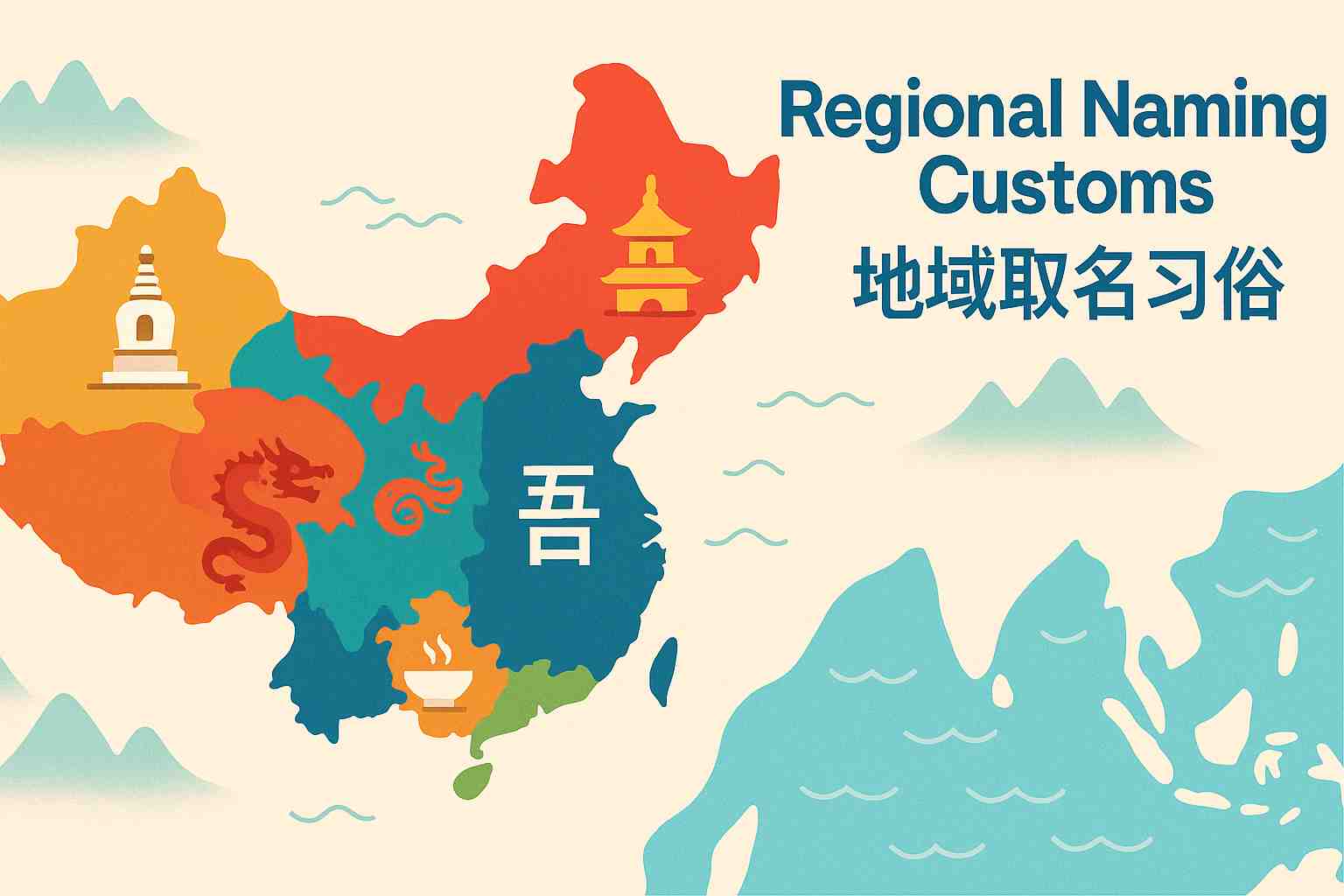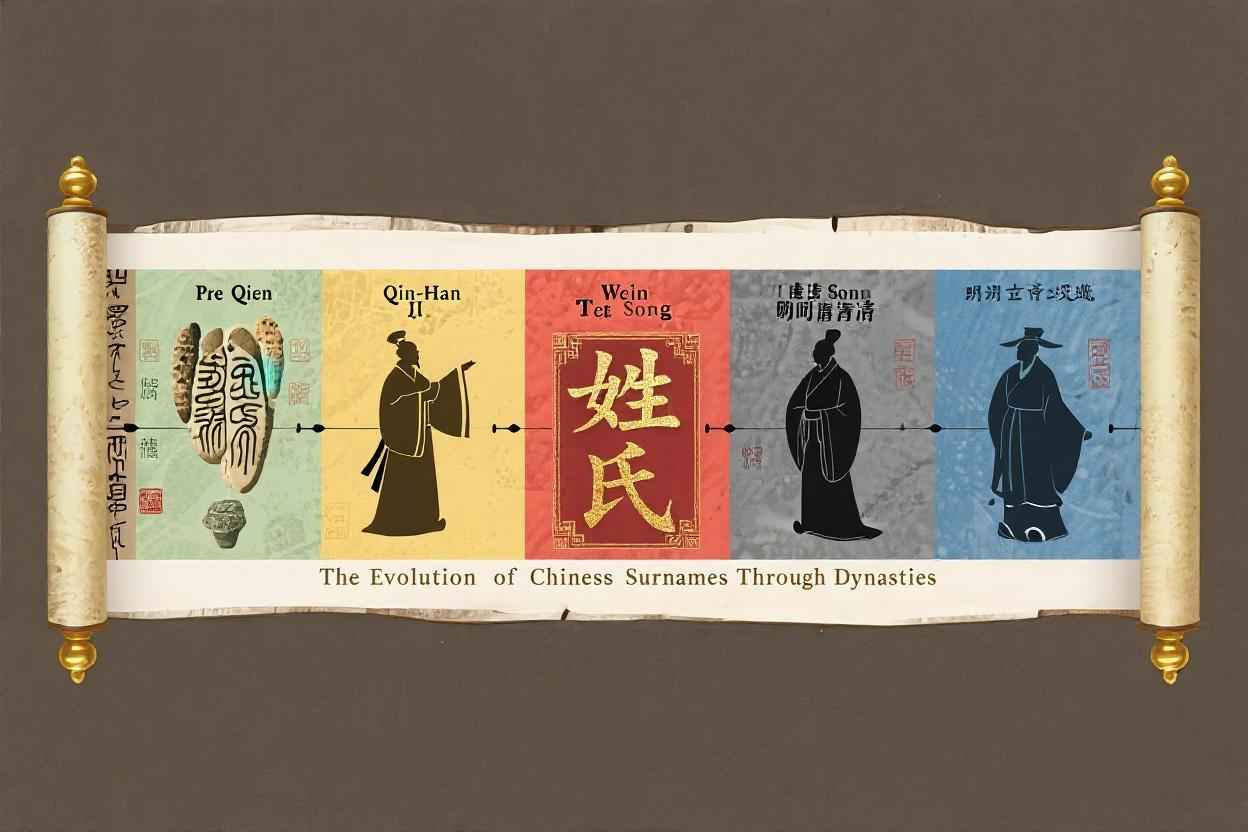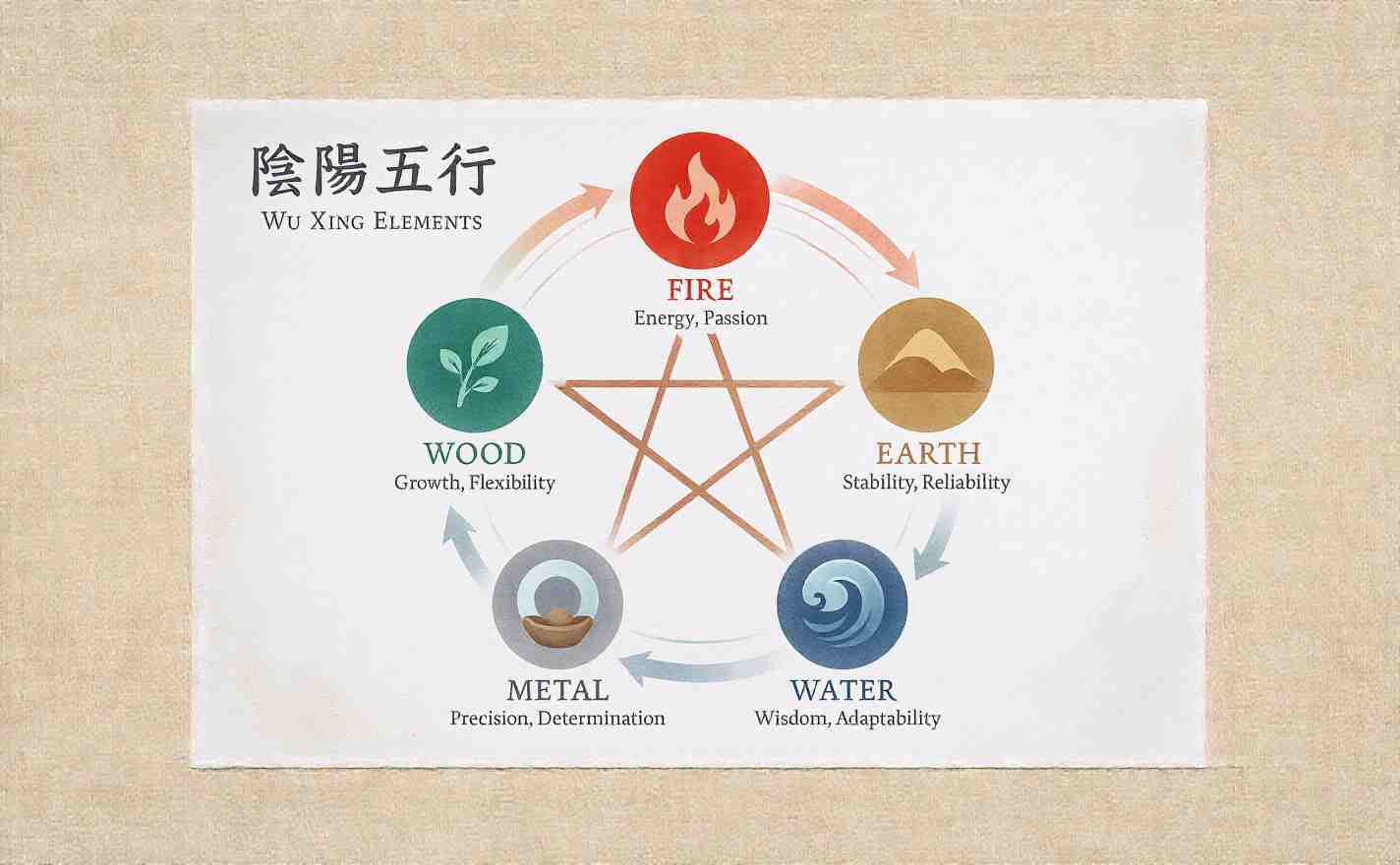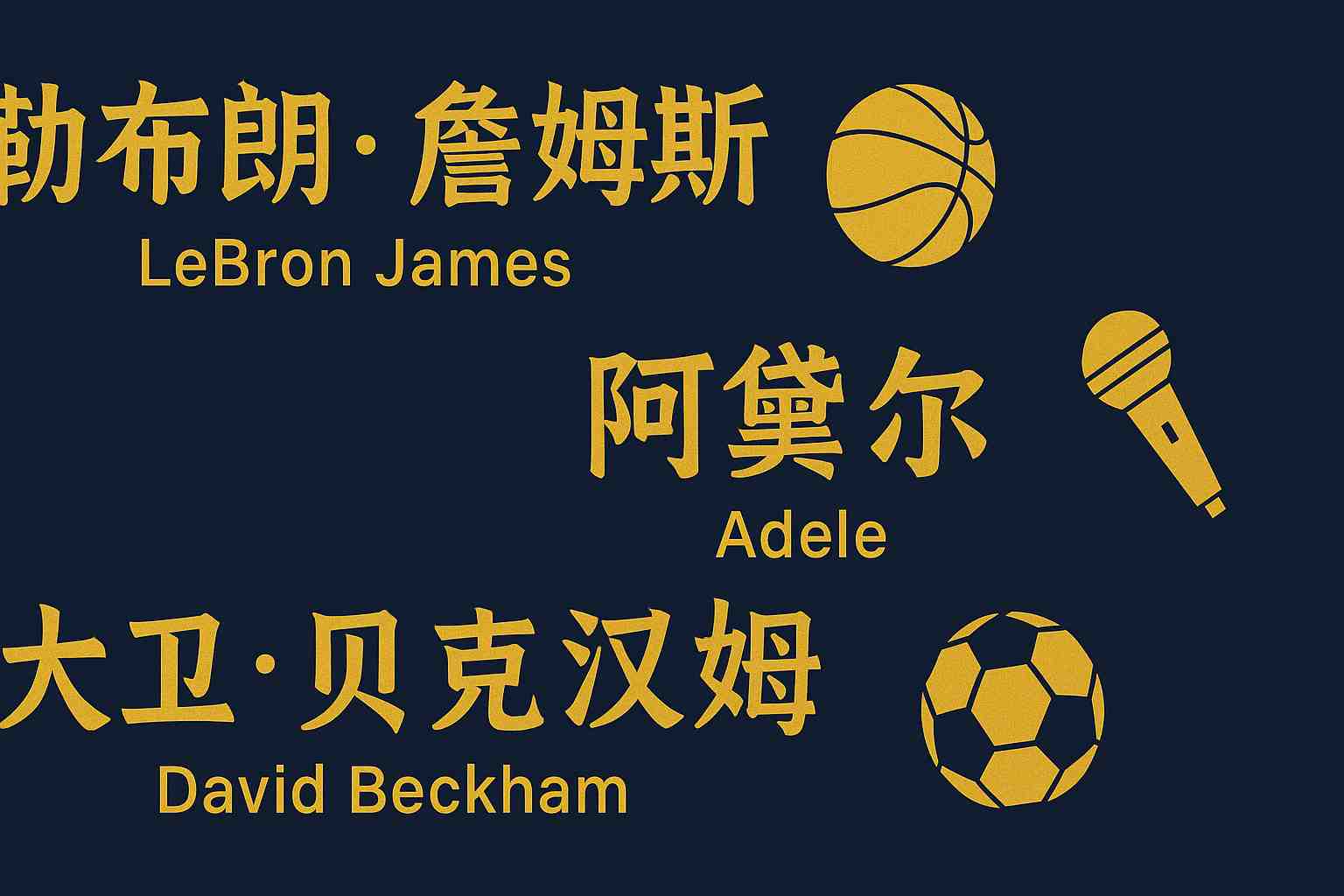
Regional Variations in Chinese Naming Practices
Explore how regional dialects and cultural influences shape Chinese naming conventions across different provinces.
Regional Variations in Chinese Naming Customs
How geography, dialect and history shape distinct naming traditions across China
1 · Why regionality matters
China’s 56 ethnicities, 300-plus spoken topolects, and millennia of local governance created micro-ecosystems of naming practice. The same surname‐plus-given-name framework may:
- follow clan generation poems in the Yangtze valley,
- embed dialect phonetics in Canton and Minnan,
- or keep tribal one-word names on the Tibetan Plateau.
Understanding these differences helps genealogists trace lineage, companies localise products, and parents choose culturally resonant names.
2 · Quick comparison of major Han Chinese regions
| Region / Topolect | Typical given-name length | Dialect influence | Clan generation characters? | Notable traits |
|---|---|---|---|---|
| North (Mandarin core: Beijing, Hebei, Shanxi) | 1–2 characters | Limited—Standard Mandarin dominates documents | Yes in rural clans | Tend toward upright, historical characters: 国、建、伟 |
| Jiangnan (Wu: Shanghai, Suzhou, Hangzhou) | 2 characters, softer phonemes | Avoid consonant clusters hard to read in Wu | Declining in cities | Aesthetic, elegant picks: 悦、瑾、晗 |
| Cantonese (Guangdong, HK, Macau) | 2–3 (when counting English or Jyutping initials) | Keep Cantonese phonetic flavor; parents check tone sandhi | Rare | Mixing Latin initials + Hanzi: e.g. K·家驹 |
| Minnan / Hokkien (Fujian, Taiwan) | 1 Hanzi + 1–2 Hokkien syllables | Use Pe̍h-ōe-jī or Bopomofo during brainstorming | Some clans keep 20-line poems | Double surnames (陈林…) to honour both parents appear more often |
| South-west (Sichuan, Chongqing) | 2 characters | Regional Mandarin accent affects homophone avoidance | Yes, especially in rural Sichuan basin | Preference for 川江 imagery: 澜、滔 |
| North-east (Dongbei) | 2 characters | Manchu/Soviet vocabulary occasionally borrowed | Weak | Bold masculine chars popular: 鹏、龙、鑫 |
3 · Case spotlights
3.1 Cantonese mixed-code naming
Hong Kong singer Eason Chan → official C-name 陈奕迅 but fans abbreviate Chan Yik-Sun / E神. Parents in the Pearl River Delta often add a Latin initial (e.g., K.家宝) on birth certs for international ease.
3.2 Jiangxi clan poems
Village genealogy in Jiangxi lists a 32-character poem. Every generation picks the next character in order—young boys today carry “梓”, their children will receive “森”.
3.3 Hokkien double surnames
“陈林” pattern: father 陈 (Tan), mother 林 (Lim)—reflecting matri-patri balance unique to southern coastal culture.
4 · Non-Han regional systems
| Ethnicity / Region | Structure | Example | Cultural logic |
|---|---|---|---|
| Tibetan (TAR, Qinghai) | Usually 2 monosyllabic words; no surname | Tenzin Gyatso | Names blessed by lamas, often Sanskrit origin |
| Mongolian (Inner Mongolia) | Patronymic first, given name last | Borjigin Temür | Clan root “Borjigin” precedes child’s name |
| Korean-Chinese (Jilin, Liaoning) | Surname + two-syllable given name; Hangul & Hanzi dual register | 金智秀 (Kim Jisoo) | Retain Hangul spelling; official Chinese docs use Hanzi homophones |
| Zhuang (Guangxi) | Surname + disyllabic given name; Latin letter ⟨·⟩ separates | 韦·努雅 | Middle dot marks tonal syllable break |
5 · Trends reshaping regional customs
- Urban migration & Standard Mandarin dominance – Younger parents in Shanghai, Shenzhen drop dialect-based characters.
- Return-to-roots revivals – Fujian & Guangdong genealogy societies publish digital clan poems; parents re-adopt generation characters.
- Digital IME constraints – Uncommon radicals from Wu or Gan topolects face input difficulty, leading to simplified substitutions.
- Cross-provincial marriages – Rise in double-surname and hybrid dialect names (e.g., Beijing husband + Hokkien wife).
Conclusion
China’s naming map is a mosaic: from clan-poem discipline along the Yangtze to Latin-hybrid flair in Canton, and Lama-bestowed syllables on the Plateau. Recognising these regional grammars helps one read personal identity, family lineage and local aesthetics at a glance.
Related Articles

The Evolution of Chinese Surnames Through Dynasties
Explore how Chinese family names have transformed across different historical periods, from ancient tribal names to modern standardized surnames.

Understanding the Five Elements in Chinese Naming
A comprehensive guide to how Metal, Wood, Water, Fire, and Earth influence Chinese name selection and their cultural significance.
